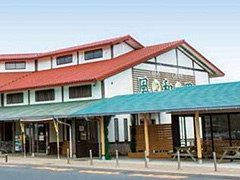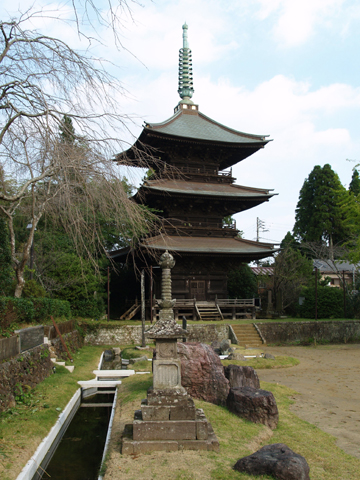
道の駅 風和里しばやま
平成23年(2011)8月に登録された千葉県で22番目の道の駅。近隣農家が丹精込めた野菜が並ぶ農産物直売所は、新鮮さと種類の豊富さが自慢。
Info
Business Hours
Price
Spot Category
The information provided reflects the details available at the time of the survey.
Please note that facility details may change due to the facility’s circumstances, so please check for the latest information before visiting.
This content has been translated using machine translation.
Information provided by: JTB Publishing
The content uses an automatic translation service, which is not always accurate.
The translated content may be different from the original meaning, so please understand and use it.

平成23年(2011)8月に登録された千葉県で22番目の道の駅。近隣農家が丹精込めた野菜が並ぶ農産物直売所は、新鮮さと種類の豊富さが自慢。

国内初の航空に関する博物館で、実物のエンジンなどを見ることができる。DC-8シミュレーターや大型模型の操縦なども体験(要整理券)できる。屋外には実際に飛行していた航空機18機を展示。5階は360度パノラマの展望室になっていて、成田空港に発着する飛行機が眺められる。毎週日曜は、折り紙飛行機教室なども開催。B747機首部分にはツアー形式で中に入ることができ、パイロット気分でコックピットで記念撮影が可能(有料、要整理券)。

関東有数の天台宗の古刹。奈良時代末期の天応元年(781)、光仁天皇の勅命で創建。境内には江戸中期建築の本堂、総けやき造りの豪壮な仁王門、江戸後期建築の県指定有形文化財の三重塔などが立ち並ぶ。芝山仁王尊の名は、仁王堂内に祀られた高さ約2mの仁王尊像があることから、火事・盗難除けにご利益があるとされてきた。芝山はにわ博物館(歴史の里・芝山ミューゼアム)もあり、付近の芝山古墳群から出土した200余体もの埴輪や副葬品、仏教美術品は見ごたえがある。

On the occasion of the Ojō Kōki, who was appointed as the lord of Osugasō, Shimousa Province, he was invited by Shinano Suwa Taisha Shrine as the god of the lord of the territory. He has since been revered as the god of industrial development, the god of wisdom, and in recent years as the god of advanced learning. The present main shrine is of the 1853 (Kaei 6) construction, and the annual festival "Sawara no Taisai (Autumn Festival)", which takes place in October every year, is designated as a national important intangible folk cultural property.

The temple of the Tendai sect, known as Narikiri (Namikiri), is a temple of the Tendai sect that collects the thick faith of the fishing people for great fishing prayers and sea protection. The main priest, Fudō Myōō, was reportedly picked up from the sea by the wives of the fishermen of the land during the middle Kamakura period and laid them here to rest. The thatched-roofed Fudō, which houses Fudō Myo, is designated as a national important cultural property, and is presumed to have been erected during the Muromachi period.

Western-style Mie-bashi, a masonry method, on the lower Nagao River at Takiguchi, Shirahama. Because there are three arches, it is not really glasses, but it has come to be called a glasses bridge from the appearance of moving to the river. The bridge was built in Meiji 21 (1888) with a donation of 399 yen and 40 yen from the villagers. He said he had walked across the river before the construction. It is a sturdy bridge that, in wartime, tanks passed through it without being broken by the Great Kanto Earthquake. Repair work was carried out in 1977 and 1993, and the figure remains at the time of construction. Prefectural Designated Tangible Cultural Property. Japan's Meihashi Hyakusyo.
This website uses cookies so that we can provide you with the best user experience possible. Cookie information is stored in your browser and performs functions such as recognising you when you return to our website and helping our team to understand which sections of the website you find most interesting and useful.
Strictly Necessary Cookie should be enabled at all times so that we can save your preferences for cookie settings.
If you disable this cookie, we will not be able to save your preferences. This means that every time you visit this website you will need to enable or disable cookies again.
